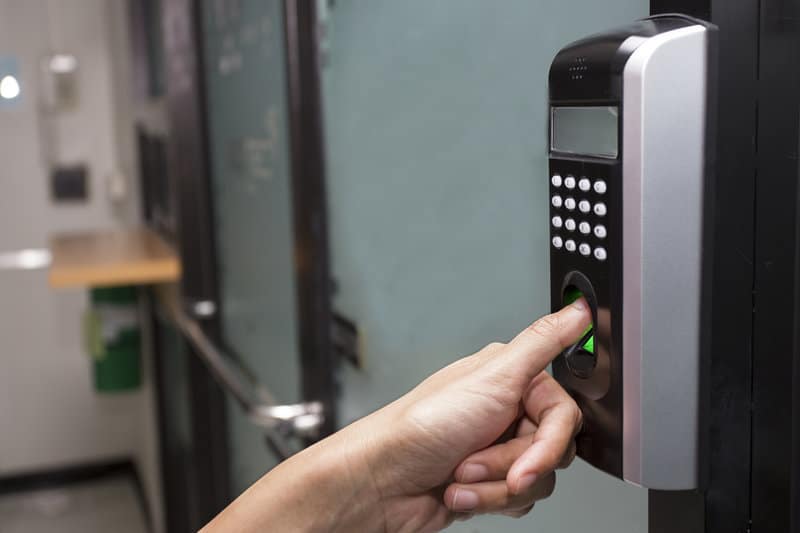
Regardless of the type of business you are in, an access control system is a crucial tool to help you protect your data. It ensures that only the right people are allowed to enter and exit your premises. It also protects your physical files from falling into the wrong hands.
There are four main types of access control systems Melbourne. They all differ in how they regulate sensitive information. Those types include mandatory, rule-based, attribute-based and functional. Each type has advantages and disadvantages, but they all protect information from falling into the wrong hands.
Mandatory Access Control (MAC) is a strict type of access control. It is often used by government entities, as well as military facilities. It is also the most secure type of access control, as only the owner of the system has access to it. However, MAC requires a lot of planning and management, as users can only change their access permits when they are approved by the system administrator.
Rule-Based Access Control (RBAC) is another common security model. It allows the system owner to set rules and restrictions for access, such as whether or not a person can enter the building during certain hours. The system owner then assigns users the correct permissions based on their user account and organizational role. The system owner also has the option to limit access to files and resources during certain hours.
Functional Access Control (FAC) is another type of access control. It allows users to access information through a web-based interface. It also has the ability to manage permissions on mobile devices. This type is especially useful for laboratories and other industries that handle hazardous chemicals. FAC is also often controlled by the Internet of Things. It is possible to link all the components of FAC to one network.
Discretionary Access Control (DAC) is a less-restrictive type of access control. It gives the same access to the designated users, but the users have the ability to set their own security levels. This type is usually a good choice for smaller businesses and homes. Discretionary access control systems are also commonly used by common operating systems.
RBAC is the most commonly used type of control. It allows organizations to address the principle of least privilege, and grant only those access rights that are required. The system is often used in combination with the rule-based access control model. The system owner assigns higher level access to users, based on their role within the organization.
Attribute-Based Access Control (ABC) is another security model. It is based on a set of attributes that evaluates the relationships between the objects being protected. The system owner assigns users based on their classification, and also provides them with the appropriate permissions. The system owner also has the option to grant users permissions based on their last performed action.
It is important to choose an access control system that meets your needs. You will need to consider the type of location you are working in, as well as the type of architecture and management style that suits your needs.